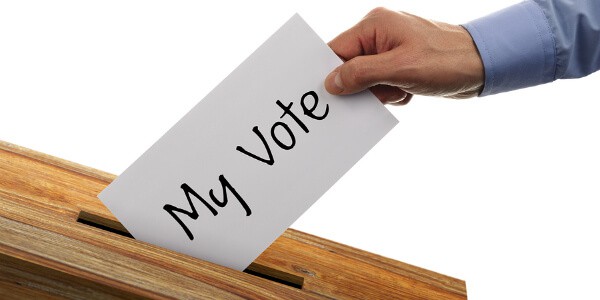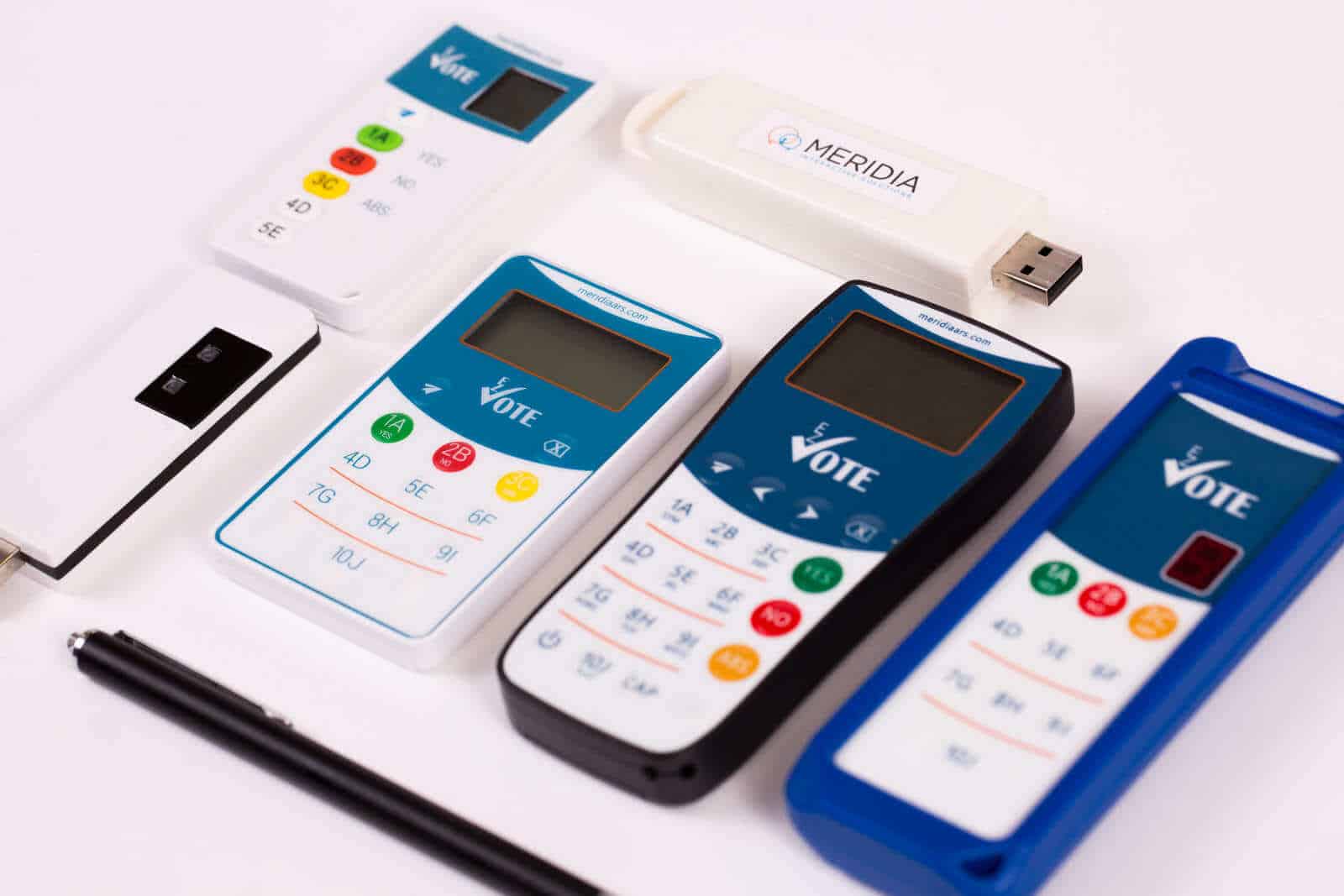Electing a Credit Union Board of Directors
Credit Unions distinguish themselves from other financial institutions in many ways, but one of the most basic arises from the fact that they are governed by the members of the institution. Section 111 of the Federal Credit Union Act (Revised) specifies that members shall elect the credit union’s board of directors from their own ranks.
How to Elect CU Board Directors
Naturally, there should be an odd number of directors to facilitate dispute resolution, and while there must be at least five members on the board the regulations do not put a cap on the size of the board. Credit union elections typically take place annually at the credit union annual meeting—but because elected board members may serve multi-year terms, each annual meeting may only elect one or two new members to the board.
Who best to elect and how best to run a credit union board of directors? There are whole credit union conferences and credit union education programs that address these questions. Credit union leadership conferences exist to help empower new board members to work effectively for membership.

Common Election Challenges
Depending on the size and geographical distribution of a credit union’s membership, managing an election can pose challenges. The nominee (or nominees) with a plurality of the vote wins, which avoids the need for the winner to have a majority of the votes (and the need to address the question of what your organization will do in the absence of a majority). Still, how you ascertain who has that plurality is the tricky part.
Traditional paper ballots provide one method, but paper balloting for a credit union board of directors’ election encounters the same challenges faced by paper-based ballots everywhere. People need to collect the physical ballots, and if there a large number of voting members at the annual meeting that can be cumbersome. Ballots may be physically damaged or otherwise spoilt during voting or during collection. If the ballots are mailed in before the meeting, there’s a risk they may be lost in the mail or arrive after the conclusion of the vote. Any of these matters can compromise the election.

Where Does the Electronic Voting Come In
Some credit unions are embracing electronic voting systems using web-or email-based systems. While this can eliminate both the loss of ballots and the spoilage that can attend paper-based voting systems, the approach also assumes that all members have ready access to the web or to email — and that they are comfortable casting their votes in that manner. In the wake of news reports of infrastructure hacking and tampering with national voter registrations, some members may be reluctant to embrace an electronic voting system of this nature.
Still other credit unions are embracing electronic voting systems that can be securely implemented in site for the duration of the annual meeting. Members who are present to vote can use an audience response system (ARS) to cast an instant vote. This approach eliminates both vote spoilage and the risk of damage to (or late delivery of) the physical ballot. It can also eliminate some of the infrastructure vulnerabilities that might make members uneasy about voting using a web or email-based system from afar. Votes captured with an ARS system can be tallied instantly, so the outcomes of a vote can be conveyed without delay.
One thing to keep in mind if you are thinking about moving off a traditional paper-based voting system: Be sure that your credit union bylaws allow you to vote using something other than paper! If your bylaws do not provide that flexibility — and who envisioned email or an ARS system when the original credit union rules were being written in the 1930s? – then you may want to look into amending your bylaws to bring them into the 21st century!

